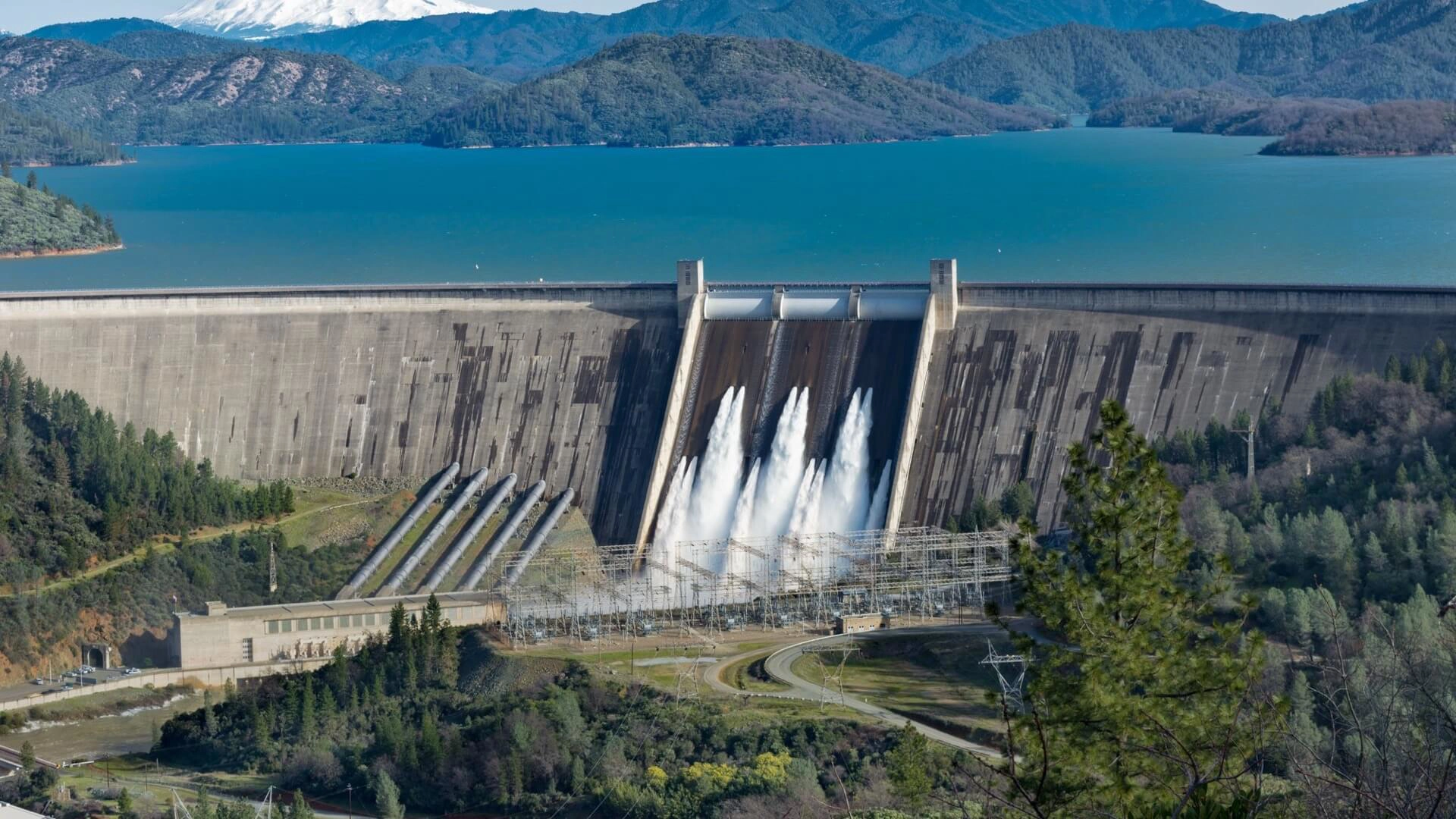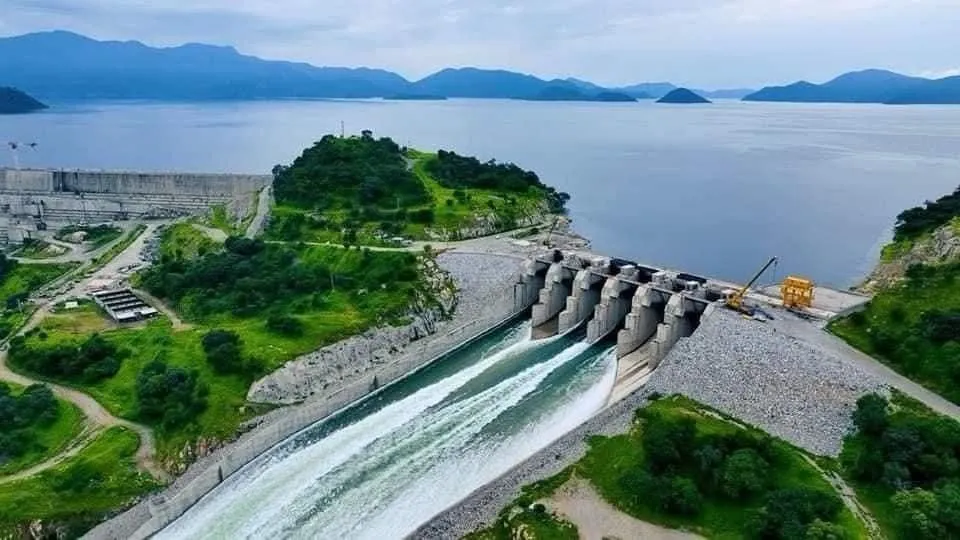Mozambique is making headlines with a bold promise: a $6 billion hydropower project on the Zambezi River that leaders say will change the face of energy in Southern Africa. Named the Mphanda Nkuwa Hydropower Project, this dam is being sold as the region’s largest energy investment in 50 years.
Officials claim it could produce 1,500 megawatts (MW) of electricity, enough to power millions of homes, support industries, and even turn Mozambique into a net exporter of energy.
But here’s the question many are asking: is this truly the game-changer Southern Africa has been waiting for, or just another big PR pitch that risks falling short?
The Promise
The Mphanda Nkuwa dam is projected to start construction in 2024, with completion expected by the early 2030s. It’s backed by a consortium of investors from Mozambique, China, and France, a sign of how much global interest there is in Africa’s untapped hydropower potential.
Mozambique’s government argues that the project will:
- Reduce electricity shortages across the region.
- Position the country as a regional energy hub.
- Create thousands of jobs during construction and operations.
- Generate billions in revenue through electricity exports to neighbors like South Africa, Malawi, and Zimbabwe, where blackouts are a daily struggle.
It sounds impressive. After all, more than 600 million Africans still lack access to reliable electricity, and Southern Africa alone faces a deficit of over 10,000 MW. On paper, a 1,500 MW dam could make a meaningful difference.
But is one mega-dam really the answer?
The PR Angle
Governments love big, shiny projects. They photograph well, they signal ambition, and they grab international headlines.
But critics are quick to point out that the “mega-dam solution” often comes with mega-problems:
- Debt risks: $6 billion is not small change for a country like Mozambique, which already faces heavy debt burdens.
- Environmental costs: Building on the Zambezi could disrupt ecosystems, affect fisheries, and displace thousands of families.
- Execution delays: Africa is littered with half-finished projects. Will Mphanda Nkuwa follow through, or become another monument to broken promises?
The government insists financing is secure and environmental studies are underway. Yet, skeptics argue we’ve heard this story before.
Take the Cahora Bassa dam, also on the Zambezi. Completed in the 1970s, it was hailed as Mozambique’s ticket to energy independence. Today, it still generates significant power, but large parts of Mozambique remain in the dark. Why? Because most of the electricity is exported, and transmission infrastructure within Mozambique is weak.
So the lingering question is: will Mphanda Nkuwa repeat the same mistakes?
What Makes This Project Different?
Proponents say this project is different because it is happening in a new era. Southern Africa’s demand for power is rising fast, and there’s more coordination now through the Southern African Power Pool (SAPP) , a regional grid-sharing arrangement.
This means surplus electricity from Mozambique could flow more easily to South Africa, Zambia, and Zimbabwe, all of which face crippling load-shedding.
Additionally, the project’s design is supposedly more modern, with stricter environmental safeguards. And with the global shift to renewable energy, hydropower is being framed as Mozambique’s contribution to cutting carbon emissions while fueling growth.
Still, it begs the question: can hydropower alone keep up with a climate-challenged future? Droughts in Southern Africa are becoming more frequent. If river flows drop, so does the electricity.
Also read: Mozambique Launches $6 Billion Hydropower Project, Southern Africa’s Largest in 50 Years
To understand why this project is so hyped, you need to see the bigger energy picture.
- South Africa, the region’s industrial giant, is crippled by rolling blackouts because its coal plants are failing.
- Zimbabwe is importing electricity just to keep its grid alive.
- Malawi and Zambia face chronic shortages that stifle business growth.
Against this backdrop, Mozambique’s promise to deliver 1,500 MW sounds like salvation.
But here’s the catch: the region needs ten times that amount just to stabilize its grid. So while Mphanda Nkuwa may ease the pain, it’s far from a cure.
Energy analysts are divided.
Some believe the project will bring desperately needed capacity and could be transformative if paired with better distribution networks. Others argue it risks becoming a white elephant, overpromising while underdelivering.
One energy expert summed it up bluntly: “Hydropower projects in Africa tend to look amazing on paper. The reality is usually slower, costlier, and more complicated than anyone admits upfront.”
Should Africa Bet on Smaller Solutions?
Here’s where the debate gets even more interesting. While governments chase mega-projects, many experts argue the real solution lies in decentralized energy systems:
- Solar microgrids for rural communities.
- Hybrid energy systems combining solar, wind, and batteries.
- Regional interconnections that optimize existing power plants.
These smaller projects don’t grab headlines the way a $6 billion dam does, but they’re often faster, cheaper, and more reliable.
So the question becomes: is Mozambique betting too heavily on one mega-project, instead of diversifying its energy mix?
Also read: Togo’s Path to Universal Energy Access Through Solar Power
Frequently Asked Questions (FAQs)
1. What is the Mphanda Nkuwa Hydropower Project?
It’s a $6 billion dam planned on the Zambezi River in Mozambique. Once complete, it’s expected to generate 1,500 MW of electricity, making it Southern Africa’s largest energy project in 50 years.
2. Why is it important for Southern Africa?
The region faces severe power shortages. South Africa, Zimbabwe, and others struggle with rolling blackouts. This project could supply millions of homes and industries while boosting Mozambique’s economy through electricity exports.
3. Can one dam solve the region’s power crisis?
No. While Mphanda Nkuwa will help, Southern Africa needs much more capacity—over 10,000 MW just to close the current deficit. Experts say the project should be combined with solar, wind, and decentralized energy solutions.
4. What are the risks of the project?
The biggest concerns are mounting debt for Mozambique, environmental disruption of the Zambezi River, displacement of communities, and the risk of climate-related droughts affecting water flow.
5. When will the project be completed?
Construction is expected to start in the mid-2020s, with completion projected in the early 2030s if financing and planning remain on track.
6. How does this project compare to other dams in Africa?
It’s smaller than Ethiopia’s Grand Renaissance Dam (6,000 MW) but still significant. Like other mega-dams, its success will depend on financing, management, and regional cooperation.

